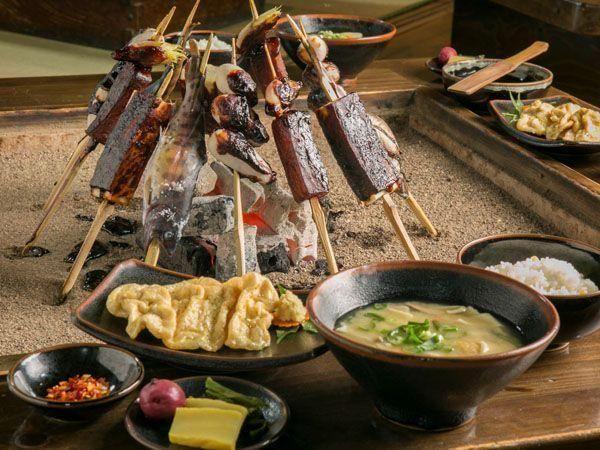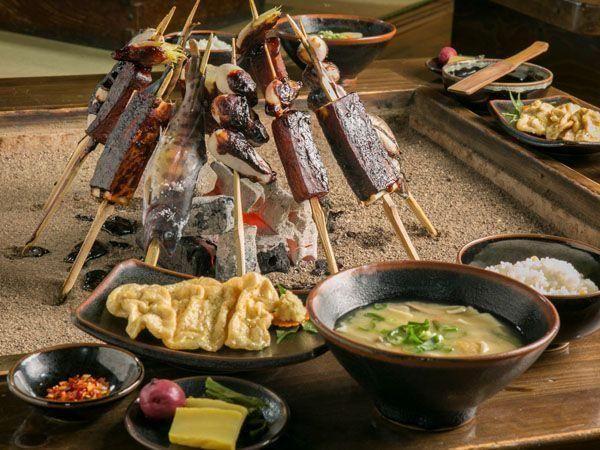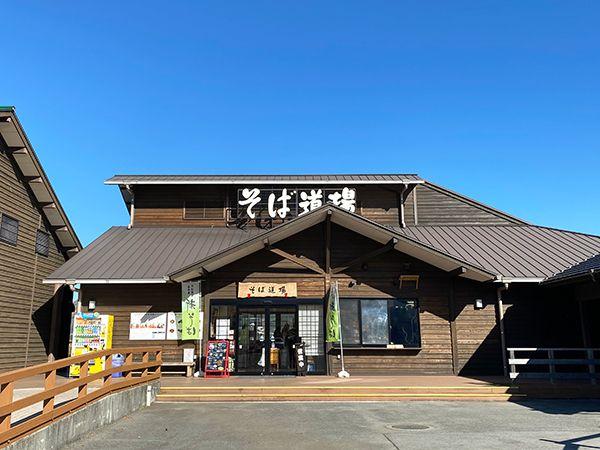


Lots of Kumamoto's nature and history. Lots of delicious food including handmade soba and other specialties from Takamori, etc.

Tsujunkyo Bridge is Japan’s largest stone-arch aqueduct bridge, and it was constructed in 1854 by a local official Yasunosuke Futa in Yabe. The structural purpose was to supply water to the Shiraito Plateau where people suffered from water shortage at that time. The supply of water comes from the upper stream of the Sasahara River about 6 kilometers away. The total length of the water passage is approximately 30 kilometers, and the irrigated area covers an extensive, 100 hectares.
The bridge is capable of pouring out 15,000 square meters of water in 24 hours, if needed to irrigate the surrounding paddy fields. The recipient of the National Cultural Property in 1960 is well known for its water release during the Hassaku Festival. The length of the water passage is 126 meters; and the bridge measures at 75.6 meters in length, 6.3 meters in width, and 20.2 meters in height. The radius of the arch is 27.6 meters.
25min. by car

Seiwa Bunraku Theater specializes only in Seiwa Bunraku puppetry, and its long-standing history since the end of Edo period is preserved at its facility, Seiwa Bunraku Museum. It is located inside the Seiwa Bunraku Mura and equipped with a souvenir shop as well.
50min. by car

Takamori Dengaku offers a variety of Takamori's original, local dishes including rice cake soup and barbecued whole beef, etc.
15min. by car

Shirakawa Suigen, Shirakawa Spring Source is so famous that Ministry of Environment chose it as one of the 100 Best Natural Waters in Japan. 14 degrees Celsius, 60 tons water gushes out per minute.
The water from the spring can be taken away for free, and heat-sterilized water is sold at the shop.
22min. by car

Minamiaso Soba Dojo is one of the best spots where you can taste delicious Soba, buckwheat noodle made from local soba and yam. You can enjoy making and tasting Soba or take away Soba you made. They sell local products as well.